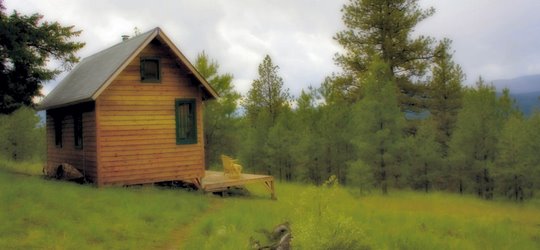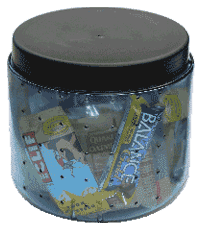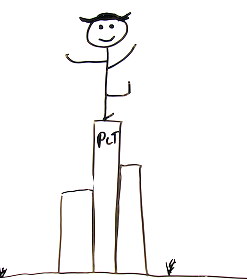I’m pretty much ready to head out to hike the PCT(Pacific Crest Trail), but I won’t be leaving for well over a week.
I’m going to just buy my food along the way. I’m not at all picky and like the challenge and freedom of resupplying at little stores.
The last time I hiked the PCT, I bought all my food before hand and put it in 28 different boxes and paid someone to mail them to me. What a lot of work.
At first, half of the stuff from my mail drops was going into the hiker boxes because I didn’t need that much food in the begining. Then, after my appetite kicked in, half of my food ended up in the hiker boxes because I didn’t like it anymore.
It got pretty common for me to walk into town, find the post office not open, resupply with what ever I could find in town and just forget about the box. Even at Timberline Lodge where people say you can’t resupply from, I didn’t want to wait around for my box, so I just bought some stuff out of the vending machines and hiked on.
At the end of my hike I had a bunch of boxes returned to me and waiting for me at home.
On the Florida trail I had a drift box that was supposed to follow me up the trail. It had all my maps and fuel and stuff but it got lost and I didn’t get it until I got back.
On the AT I just bought along the way and only used Wingfoot’s book for navigation. I didn’t go into one post office the whole trip.
I don’t want to carry all the maps and guide books for the whole PCT so I have made up a drift box that I will keep mailing to myself, 500-700 miles ahead of me. In it I have supplements, pain relievers, socks, ice ax, water treatment, lithium batteries, guide books, maps, data sheets, etc. I really hope the post office doesn’t lose it.
For a bear canister, I can’t decide between the Bear Vault 350(2lbs 1oz) or the Bearikade weekender model(1lb 15 oz). I will decide some time up the trail. Probably order it from Agua Dulce, and have it shipped to Kennedy Meadows. I think most people are carrying the Bear Vault 450(2 lbs 9 oz) but I think it’s too heavy.
For fuel, I’m going to use what canisters I can find in the hiker boxes and stores along the way. I will start the trip without fuel, because you can’t bring it on the plane. I’m not really that into instant mashed potatoes and ramen anyway. Though, hot beverages are one of my favorite things, but, “the path is easy for those without preferences.”
For shoes I plan to hike mostly in Chacos sandals but I’m bringing along a pair of running shoes too. I really don’t want to but I know the PCT is very hard on feet and I want to have the option of giving my feet a change, when they get tired. My feet were my weakest link, the first time I hiked the PCT, and I’m hoping for happy feet this time.
I have said I was bringing the running shoes before, but when it came time to leave, I just couldn’t bear to carry the extra weight and ended up leaving them at home.




